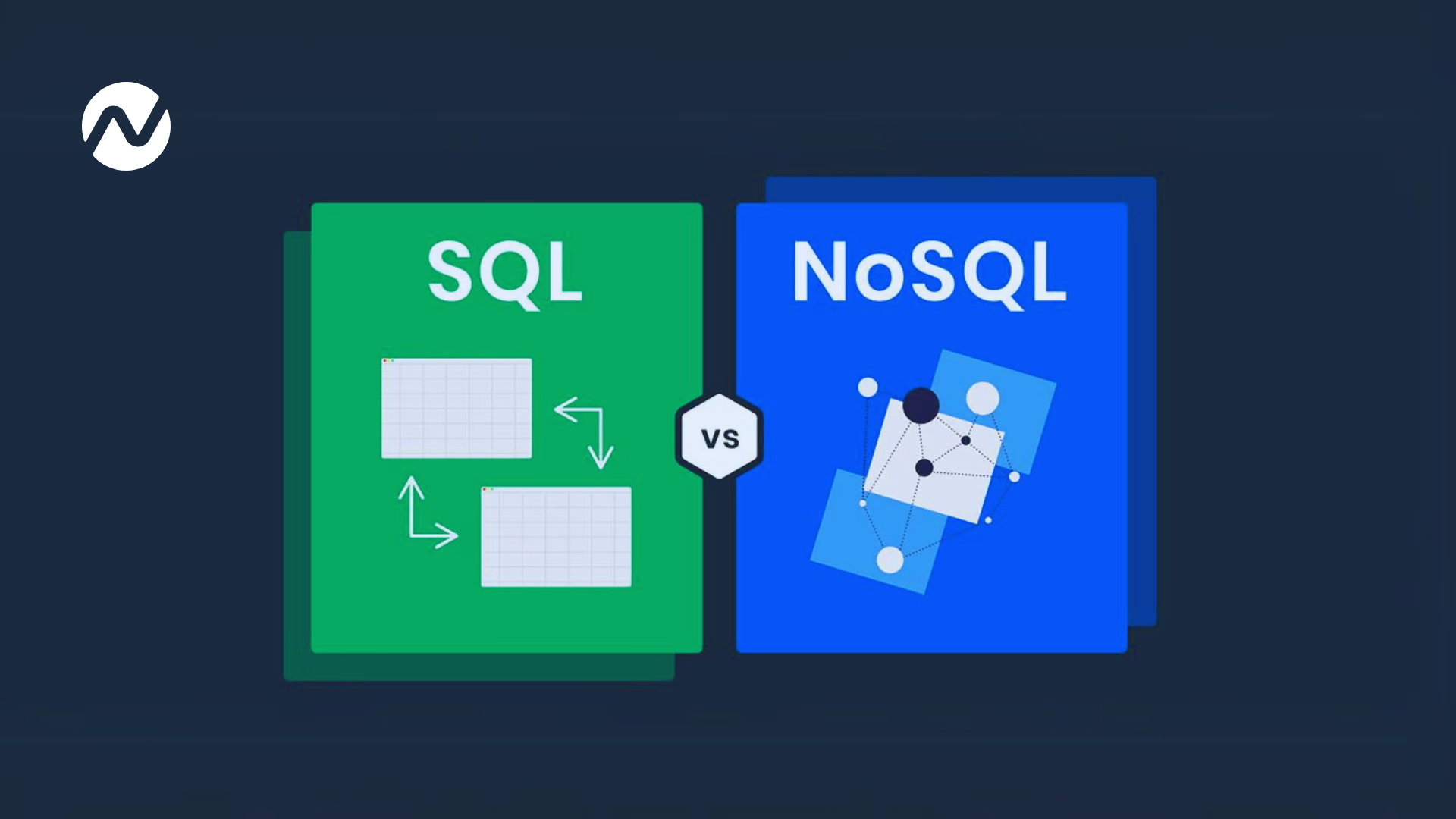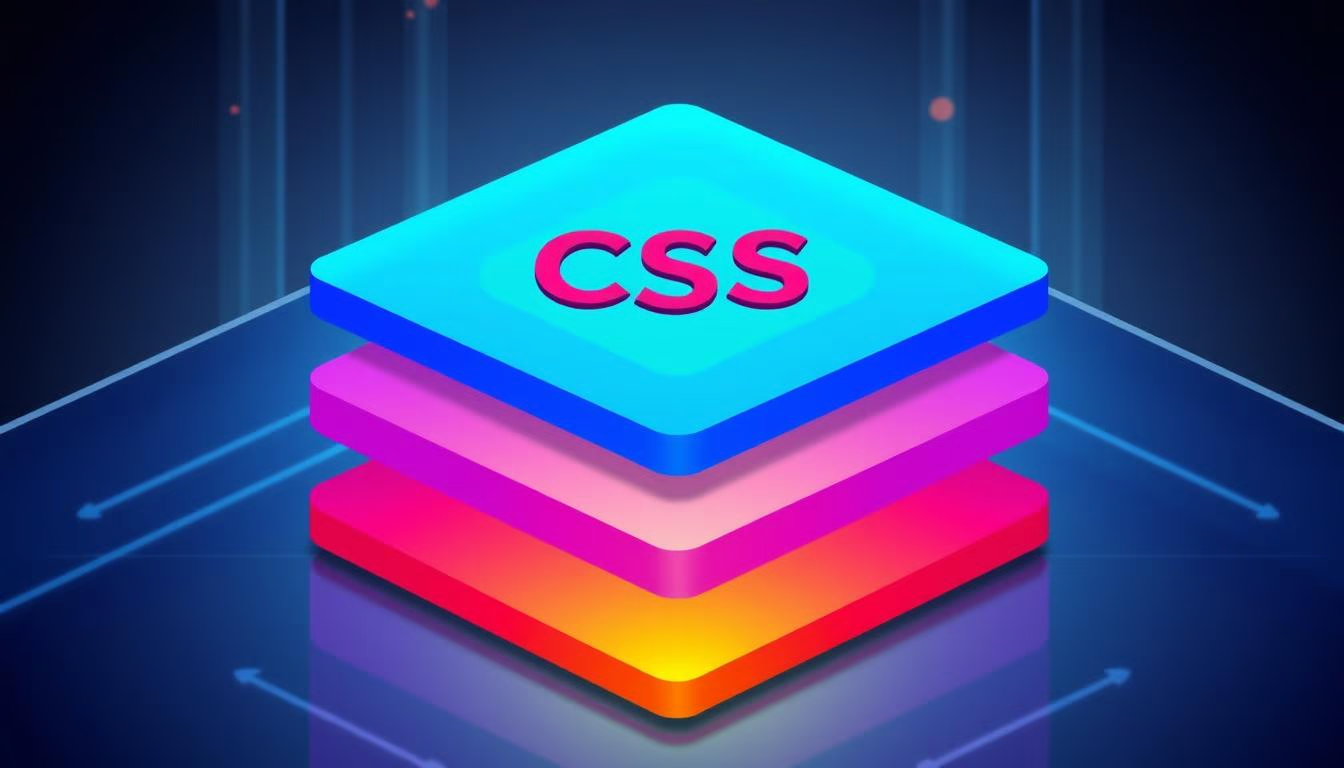
Top IT companies in Gujarat
October 24, 2024
October 7, 2024

In the ever-evolving landscape of data management, the choice between SQL and NoSQL databases has become a critical decision for developers, data architects, and businesses alike. This comprehensive guide aims to demystify these two database paradigms, offering a deep dive into their strengths, weaknesses, and ideal use cases. By the end of this article, you'll have a clear understanding of when to choose SQL or NoSQL for your next project.
SQL (Structured Query Language) databases, also known as relational databases, have been the cornerstone of data management for decades. They organize data into tables with predefined schemas, ensuring data integrity and supporting complex queries through joins and transactions.
NoSQL (Not Only SQL) databases emerged as a response to the limitations of traditional relational databases, especially in handling large volumes of unstructured data and scaling horizontally. They offer flexible schemas and are designed for specific data models, including document, key-value, wide-column, and graph formats.
Let's break down the key differences between SQL and NoSQL databases across various dimensions:
| Feature | SQL | NoSQL |
|---|---|---|
| Data Model | Relational (tables with rows and columns) | Various (document, key-value, wide-column, graph) |
| Schema | Fixed, predefined | Dynamic, flexible |
| Scalability | Vertical (scale-up) | Horizontal (scale-out) |
| ACID Compliance | Fully ACID compliant | Varies (some offer ACID, others prioritize performance) |
| Query Language | SQL (standardized) | Database-specific query languages |
| Consistency | Strong consistency | Eventual consistency (in many cases) |
SQL databases use a rigid, tabular structure where data is organized into tables with predefined schemas. This structure is ideal for complex relationships and ensures data integrity. For example, in an e-commerce system, you might have tables for customers, orders, and products, with clear relationships between them.
NoSQL databases, on the other hand, offer flexible schemas that can adapt to changing data requirements. They come in various types:
The flexibility of NoSQL databases makes them particularly suitable for projects with evolving data structures or those handling large volumes of unstructured data.
One of the most significant differences between SQL and NoSQL databases lies in their approach to scalability:
SQL Databases: Typically scale vertically, which means increasing the power of a single server (CPU, RAM, SSD). This approach has limitations and can become expensive.
NoSQL Databases: Designed for horizontal scalability, allowing you to add more servers to your database infrastructure. This makes NoSQL databases particularly well-suited for handling big data and real-time web applications.
For instance, a social media platform experiencing rapid growth would find it easier to scale with a NoSQL solution like Cassandra, which can distribute data across multiple nodes seamlessly.
ACID (Atomicity, Consistency, Isolation, Durability) properties are crucial for maintaining data integrity, especially in financial transactions or other critical operations.
SQL Databases: Fully ACID compliant, ensuring that database transactions are processed reliably.
NoSQL Databases: Traditionally sacrificed ACID compliance for performance and scalability. However, many modern NoSQL databases now offer ACID compliance at various levels.
It's worth noting that some NoSQL databases, like MongoDB, have introduced multi-document ACID transactions, bridging the gap with traditional SQL databases in terms of data consistency guarantees.
The way you interact with SQL and NoSQL databases differs significantly:
SQL Databases: Use SQL, a standardized language for managing relational databases. SQL is powerful for complex queries, joins, and aggregations.
SELECT customers.name, COUNT(orders.id) as order_count
FROM customers
LEFT JOIN orders ON customers.id = orders.customer_id
GROUP BY customers.id
HAVING order_count > 5;
NoSQL Databases: Often use database-specific query languages. While these can be simpler for basic operations, they may lack the standardization and advanced querying capabilities of SQL.
db.customers.aggregate([
{
$lookup: {
from: "orders",
localField: "_id",
foreignField: "customer_id",
as: "orders"
}
},
{
$project: {
name: 1,
order_count: { $size: "$orders" }
}
},
{
$match: {
order_count: { $gt: 5 }
}
}
])
The choice between SQL and NoSQL often comes down to the complexity of your data relationships and query requirements. SQL excels in complex joins and transactions, while NoSQL shines in scenarios requiring fast, simple queries on large volumes of data.
Understanding the strengths and weaknesses of SQL and NoSQL databases is crucial, but knowing when to apply each is equally important. Let's explore some common use cases for both types of databases.
Example: A bank's core banking system would typically use a SQL database like Oracle or PostgreSQL to ensure data integrity and support complex transactions across multiple accounts.
Example: A social media platform like Twitter might use a NoSQL database like Cassandra to handle millions of tweets and user interactions in real-time.
It's important to note that many modern applications use a combination of SQL and NoSQL databases to leverage the strengths of both. This approach, often referred to as polyglot persistence, allows developers to use the right tool for each specific data storage and retrieval need within a single application.
For instance, an e-commerce platform might use:
When it comes to performance, both SQL and NoSQL databases have their strengths, and the choice often depends on the specific use case and workload.
SQL databases excel in:
However, they can face challenges with:
NoSQL databases shine in:
Their limitations often include:
To illustrate the performance differences, let's consider a hypothetical scenario of a social media platform:
| Operation | SQL Performance | NoSQL Performance |
|---|---|---|
| User Profile Retrieval | Fast for single user, slower for aggregating friend data | Very fast, especially if denormalized |
| Posting Updates | Moderate (due to consistency checks) | Very fast (optimized for writes) |
| Complex Analytics | Excellent (leveraging JOINs and aggregations) | Can be challenging, may require additional processing |
| Scaling for Millions of Users | Challenging, often requires sharding | Designed for this scenario, scales horizontally |
The approach to data modeling differs significantly between SQL and NoSQL databases, influencing how you design your application's data structure.
In SQL databases, data modeling typically follows these steps:
For example, a simplified blog database schema might look like this:
CREATE TABLE Users (
UserID INT PRIMARY KEY,
Username VARCHAR(50),
Email VARCHAR(100)
);
CREATE TABLE Posts (
PostID INT PRIMARY KEY,
UserID INT,
Title VARCHAR(200),
Content TEXT,
FOREIGN KEY (UserID) REFERENCES Users(UserID)
);
CREATE TABLE Comments (
CommentID INT PRIMARY KEY,
PostID INT,
UserID INT,
Content TEXT,
FOREIGN KEY (PostID) REFERENCES Posts(PostID),
FOREIGN KEY (UserID) REFERENCES Users(UserID)
);
This structure ensures data integrity and allows for complex queries across related data.
NoSQL data modeling is often driven by application-specific access patterns and query requirements. The process might include:
Using the same blog example in a document-based NoSQL database like MongoDB, you might structure your data like this:
// Users Collection
{
"_id": ObjectId("5f8a7b"),
"username": "johndoe",
"email": "[email protected]",
"posts": [
{
"postId": ObjectId("5f8a7c"),
"title": "My First Blog Post",
"content": "This is the content of my first blog post.",
"comments": [
{
"userId": ObjectId("5f8a7d"),
"username": "janedoe",
"content": "Great post!"
}
]
}
]
}
This denormalized structure allows for faster retrieval of all data related to a user in a single query, at the cost of some data redundancy.
As your application grows, the ability to scale your database becomes crucial. SQL and NoSQL databases approach scaling differently, each with its own set of challenges and solutions.
SQL databases traditionally scale vertically, which means increasing the power of a single server. However, there are strategies for horizontal scaling:
Challenges in scaling SQL databases include:
NoSQL databases are designed with horizontal scalability in mind:
Advantages of NoSQL scaling include:
However, NoSQL scaling isn't without challenges:
Database security is paramount in protecting sensitive information. Both SQL and NoSQL databases offer security features, but their approaches can differ.
SQL databases have a long history of security features:

Top IT companies in Gujarat
October 24, 2024

Hire a Dedicated App Developer: Build Your App Today
October 24, 2024
-1729776429043.avif?alt=media&token=2affca87-dade-4f14-94cb-2c2416a8238d)
What is Angular? Superior Web Development, Performance & Benefits
October 24, 2024

Building a Tech Stack for Growth: Tools and Technologies Driving Business Expansion
October 15, 2024
-1729777074986.avif?alt=media&token=c8b8bf65-87d3-47d8-b990-3ff1929ea86f)
Amazing Tech: Is AI-Powered App Development with FlutterFlow the Future?
October 15, 2024

What is CSS nesting?
October 15, 2024